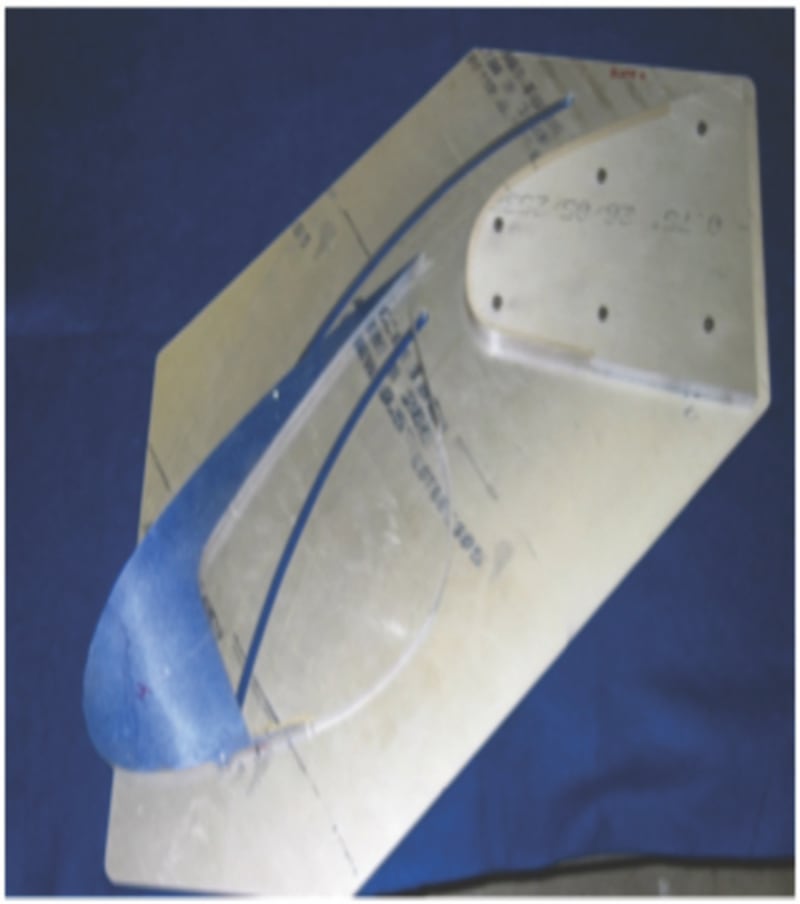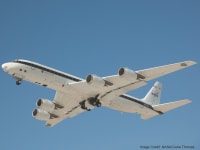
NASA's Langley Research Center developed a deployable and stowable mechanical design for filling the cavity behind the leading-edge slat (i.e., slat cove), when it is extended upon landing an aircraft. Aerodynamic flow over an unfilled cavity typically exhibits strongly unsteady behavior that is a source of aeroacoustic noise. Conventional leading-edge slat devices for high lift are a good example of such geometric and flow conditions and are a prominent source of airframe noise. Experimental and computational results have shown that a slat-cove filler device could significantly reduce the noise produced by slat structures. The proposed structural concept will enable autonomous achievement of the desired deployed shape. The design will facilitate a clean cruise configuration with minimal weight addition to the aircraft. NASA is seeking development partners and potential licensees.
Benefits
* Provides significant broadband noise reduction: ~4 effective perceived noise decibels (EPNdB) reduction
* Incorporates easily into existing aircraft structure or future designs of aircraft wing structures
* Requires no additional mechanical support from pneumatic or hydraulic systems
* Constitutes low-weight addition
Applications
* Commercial Aerospace - Aircraft that incorporate a leading-edge, high-lift device that is distinct from the main-wing element
* Launch vehicle or rockets
* Automobiles
The Technology
NASA Langley designed the superelastic shape memory alloy slat-cove filler to provide significant broad-band noise reduction to any aircraft wing structure that has a leading-edge, high-lift device and is distinct from the main-wing element. The design can be retrofitted to existing aircraft structures and can be easily incorporated into the existing or future designs for aircraft wing structures. The concept involves very few components, requires no additional mechanical support from pneumatic or hydraulic systems, and makes use of existing slat-actuation systems for retraction. The design is autonomous, simple, and constitutes low-weight addition. The concept is also considered fail-safe because the lift would not be diminished in the event that the slatcove filler failed to deploy.
A working version of the slat-cove filler concept is shown below in the pictures of a bench-top demonstration apparatus in figures 1 and 2. The configuration shown is relevant to a Boeing 777 aircraft and demonstrates fully autonomous retraction under manual slat articulation.
-
Awards
-
 2016 Top 100 Entries
2016 Top 100 Entries
Like this entry?
-
About the Entrant
- Name:Kimberly Middleton
- Type of entry:teamTeam members:NASA Langley Technology Gateway.
- Patent status:patented





